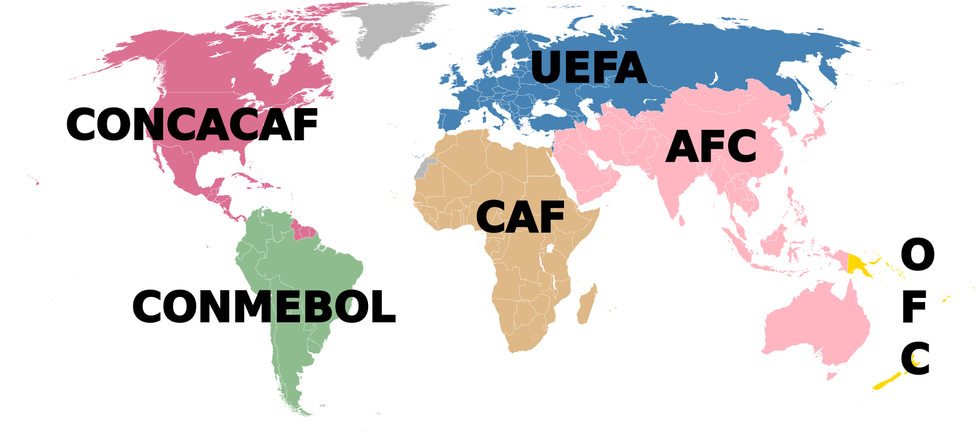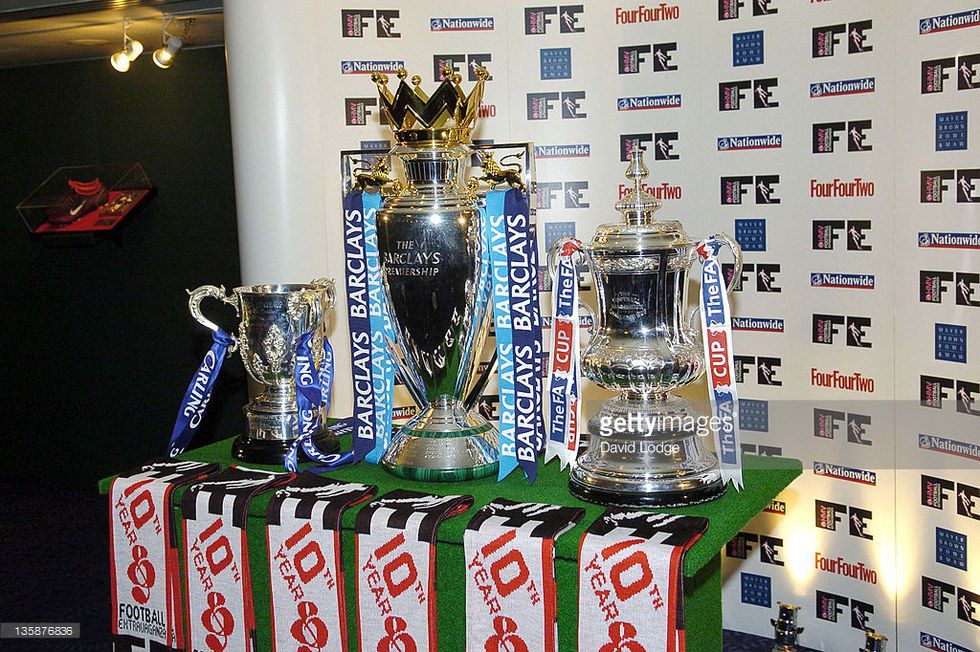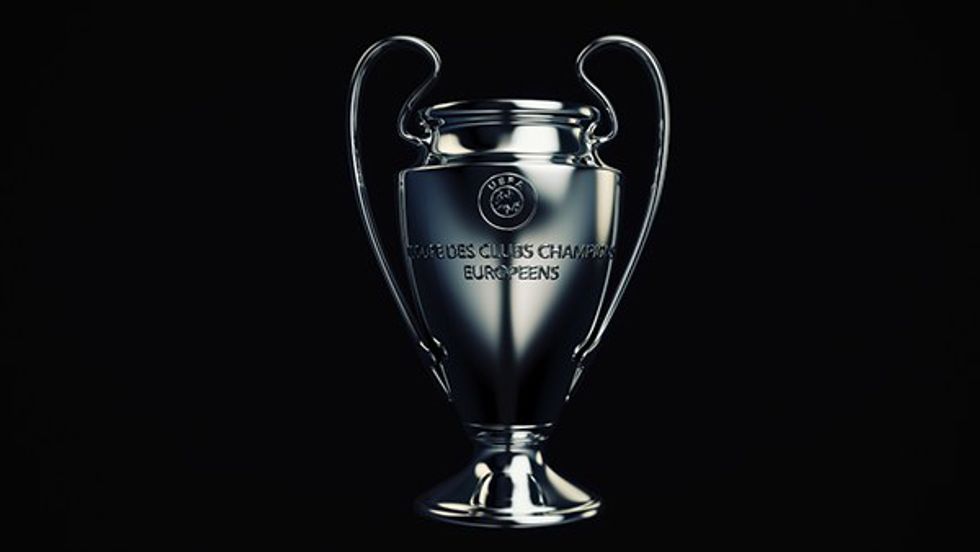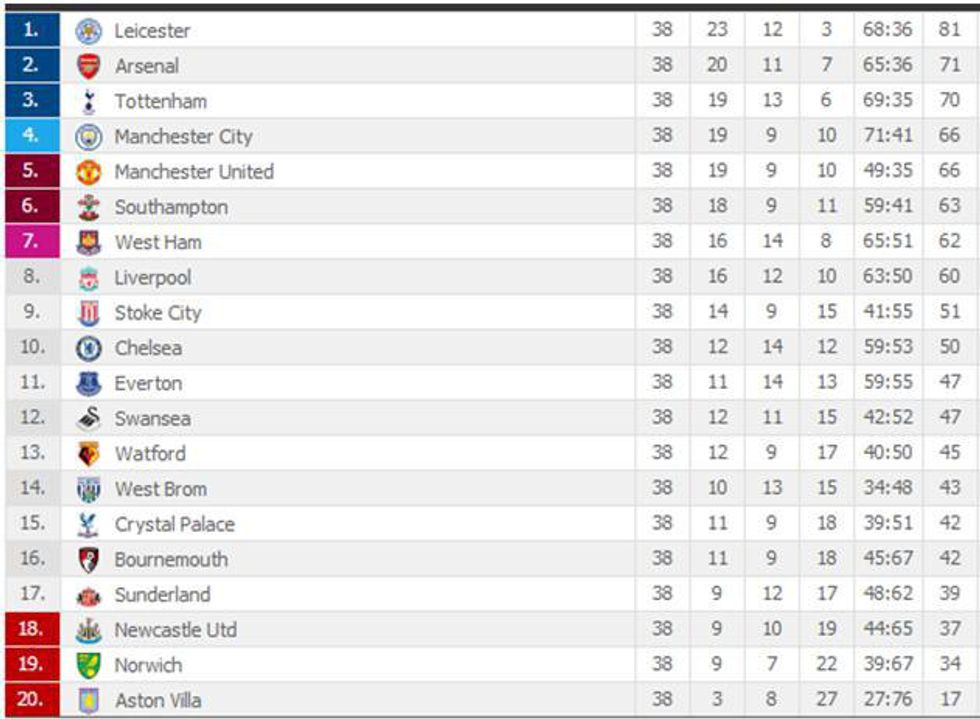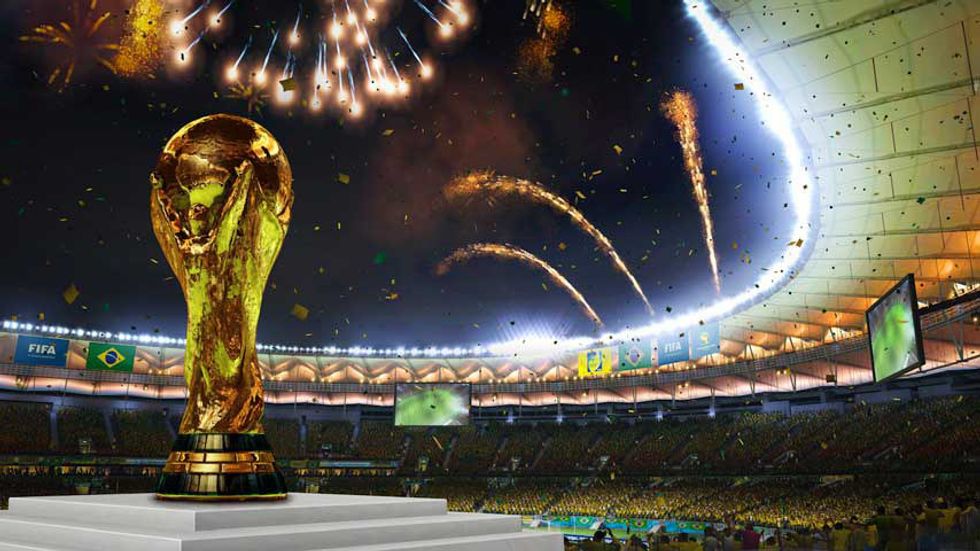Soccer is the most rapidly growing sport in the United States today, and it’s about time considering the global popularity of the sport. The United States women’s team won the Women’s World Cup last year in 2015, and has always seen great success since the team’s inception. Major League Soccer (MLS), the top flight soccer league in the United States, continues to expand, and other American Soccer Leagues like the NASL and USL have also seen substantial growth and support.
American love for soccer has never been higher now that the United States is hosting the first ever Copa America: Centenario, to celebrate the 100th year of the Copa America competition. But even with such high level of interest, many Americans still find themselves scratching their heads about how football works. So today, we’re going to try and understand the sport through the lens of the most lucrative and storied league in the world: The English Football League.
Let’s break down football piece by piece.
Each country has its own league with its own rules.
England has a league, Germany has a league, South Korea has a league, etc. Just about every country in the world has a football league. Each country’s league governs itself, but falls under the umbrella of the regional governing federation, which is run by FIFA, the governing body that presides over the world’s most popular sport.
There are six regional federations of FIFA: CONCACAF (N. America, C. America and the Caribbean), CONMEBOL (S. America), UEFA (Europe), CAF (Africa), AFC (Asia, Middle East, and Australia) and OFC (Oceania). But we will return to all this information later.
For now, remember that each country has its own football league. Again, we will use the English Football League as an example. The English Football League has many levels to it. The top four levels are officially known as “The League,” while levels five through 10 consist of amateur teams. So why have so many levels and so many teams? The answer lies in how football clubs are formed.
Most leagues follow a promotion/relegation style, the USA does not.
In England, every team plays each of the teams in their same level twice, once at home and once away, in what is called “league play.” Teams get three points for a win, one point for a draw and no points for a loss. At the end of the season, the team with the most points from league competition wins "the League." On the opposite end of the table, at the bottom, teams with the least amount of points are bumped down to the lower level for next season, while the top teams from the lower level climb up a level for the following year.
“The League” consists of four levels: The Premier League (top level), The Football League Championship (second level), League One (third level) and League Two (fourth level). The highest amateur level is called “The National League” (fifth level).
When a club is first created, they start in the bowels of the football pyramid, at level 10 (which is much lower than the below chart even shows). That team can then, theoretically, climb up from the lowest amateur levels, to the very top of English Football. On the other hand, teams that don’t do as well can fall from grace easier than they can climb.
This promotion/relegation style ensures the best competition throughout all the levels all season long. It also allows smaller entrepreneurs to start clubs, instead of leaving that responsibility to the wealthy elite.
As a real world example, football club AFC Wimbledon started at level 10 back in 2002 and has now worked their way up to League One (the third level). As you scan through League One and League Two, you can find teams that once shared in the glory of being among England’s most elite clubs, but now find themselves stuck in lower levels like Wigan Athletic and Leeds United.
The United States does not follow this model. Major League Soccer (MLS) is seen as the professional league of soccer, while the North American Soccer League (NASL) and United Soccer League (USL) are seen as “minor leagues” like in baseball. Because of this, MLS teams are franchise-based, and not just anybody can start up a professional soccer team in the United States like they can in England. Hopefully this will come to change in the future for soccer in the United States.
Each country has its own domestic cup competition(s).
Football leagues don’t have end-of-season playoffs like American sports do, but they do have playoff style tournaments throughout the season called Cups. The Jonestone’s Paint Trophy is a Cup competition between League One and League Two. The League Cup (currently known as the Capital One Cup) is open to the top four levels of English Football, “The League.”
The most prestigious Cup Competition in England is known as the FA Cup, which is open to all football clubs in all ten levels, although no team outside the top four flights have ever made it past the Round of 16. The last award is the FA Community Shield, which is used to kickoff the new season. It pits the winners of last year’s FA Cup, and the previous year’s League Winners (remember, the team that finishes with the most points in League play). If the League winners also won the FA Cup, then the team that finished second in the Premier League plays for the FA Community Shield.
The most important Cups in England are the FA Cup and the League Cup because they automatically qualify the winners for the Europa League.
International club competitions.
Each FIFA federation mentioned above holds many different competitions. Some they hold annually, and so others are held every four years. Every year UEFA (which governs football in Europe) holds the Champions League (CL), and the Europa League (formally known as the Euro League). The CL is an annual competition that pits the best European teams from different countries against each other. The Europa League does the same thing, but is a secondary competition that can be used to step up into the CL, should your team win the competition.
England usually sends four teams to the CL, but can send up to five under special circumstances. The English League then usually sends one team to Europa, but usually ends up sending two to three, again under special circumstances.
Like mentioned before, winning the FA or League Cup automatically qualifies a team for Europa competition regardless of League play or which level they are in, although usually only top flight teams qualify. A team qualifies for the CL if they finish in the top four spots of the Premier League. If a top four team also won one or both the FA Cup and/or League Cup, they concede their Europa spot to the next best team in favor of a CL spot. As an example, let’s examine this last season’s finishing spots and see where each team will play in European competition next year.
Leicester City won the League, and so they qualify for the CL. Arsenal finished second and qualified for the CL. Tottenham Hotspur finished third and got a CL spot. Manchester City won the League Cup against Liverpool, and so qualified for Europa, but finished fourth. So Manchester City really qualifies for the CL, and concedes their Europa spot to the next best team.
Manchester United won the FA Cup against Crystal Palace to get a spot in Europa, but finished fifth (an automatic Europa qualifying spot), and so conceded one of their two qualified spots down. Southampton and West Ham United both got the final Europa spots that Manchester City and Manchester United did not need because Southampton and West Ham finished sixth and seventh respectively. Liverpool made it to the Europa League Final this year, and would have qualified for the CL at nobody’s expense had they won, but lost 3-1 to Sevilla (a Spanish Club). Also, had Liverpool won the League Cup Final against Manchester City, they would have stolen the Europa spot from West Ham United, even though West Ham finished higher in League play.
Each federation has their own annual club edition competition like the UEFA Champions League and Europa League. The winner of the top club competition in each of the six federations goes on to the annual Club World Cup. In 2016, UEFA’s representative will be Real Madrid because they won the CL.
International play: the national teams.
Each country also has its own national team that competes in the FIFA World Cup every four years, and other international competitions like the Olympics and different federation cups. Usually, players who are good enough, play for both a club team and a national team (this is usually the country of birth or nationality). For example, Lionel Messi plays for FC Barcelona (a Spanish club team), but also plays for the Argentine National team.
Former Liverpool star Steven Gerrard played for Liverpool FC (an English club) and also played for the English national team because of his nationality. Now, he plays for the LA Galaxy, and MLS team in the United States, but could still play for the English National team if needed. Once you commit to a national team, you have to stick with it for life (unless a geopolitical split happens like South Sudan splitting from Sudan).
Each federation holds their own competition every four years apart from World Cup years. CONCACAF has The Gold Cup, UEFA has the Euro Cup, CAF has the African Cup of Nations, etc. There are different ways for teams to qualify for FIFA World Cup competition, and that is another article for another day, but each federation governs and oversees each team that plays internationally.
We’ve only waded through the shallows of the world’s most popular sport. After so many years of seeing soccer as an “inferior sport,” it is fantastic that Americans are coming to love it! There are so many ins and outs of the sport and how it works (even though the game itself is relatively simple to understand), which is what makes it the greatest sport in the world. In any case, welcome to your new obsession, America!





